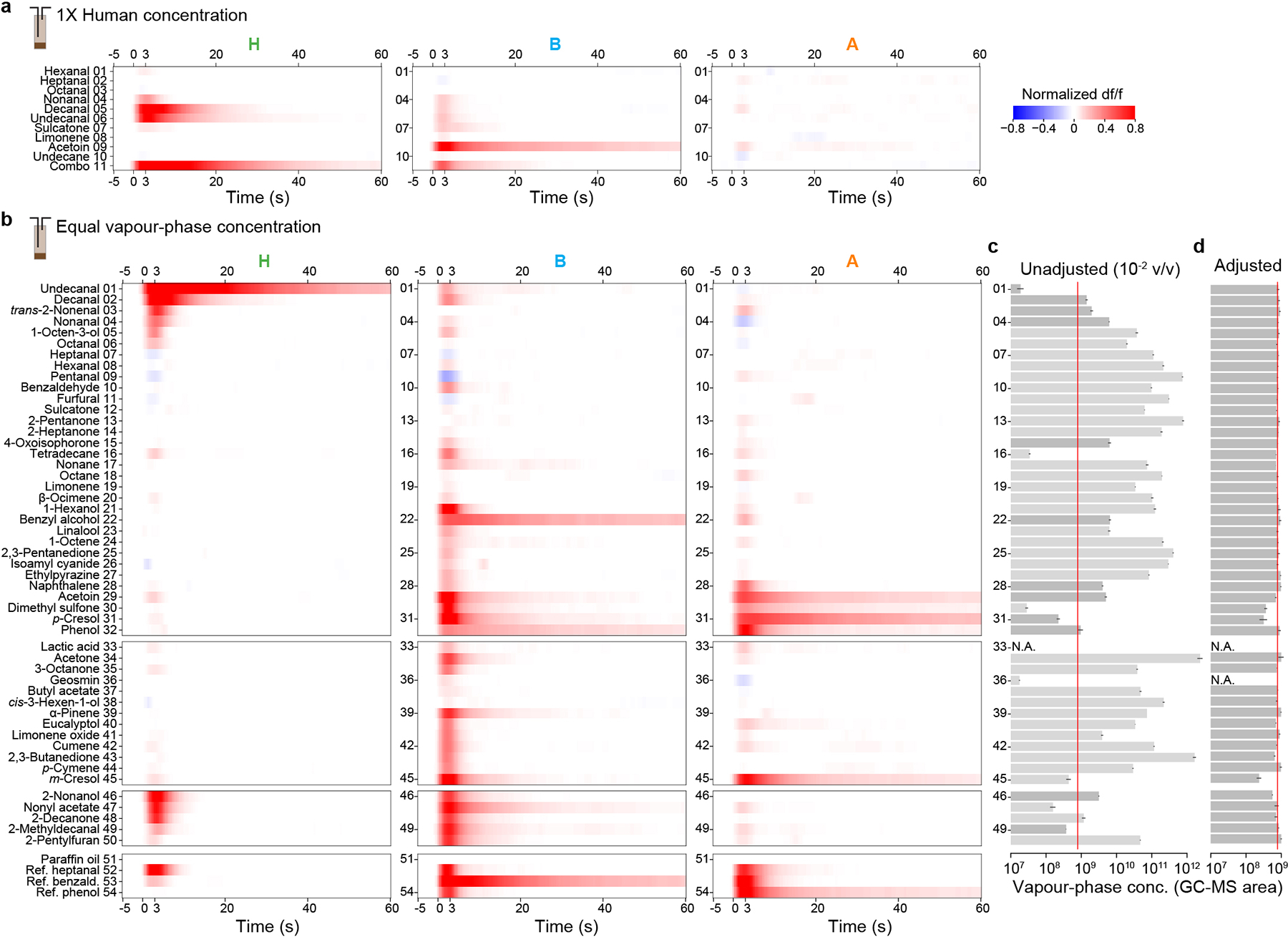Extended Data Fig. 7 |. Response of three target glomeruli to single odorants.

a, Mean response to major components of human odour delivered at their respective concentrations in a 1X human sample. Combo is a mix of all the individual components except acetoin. b, Mean response to individual odorants delivered at equal vapour-phase concentration (but see a few exceptions in d). Odorants are grouped according to those identified in our natural extracts (#1–32), biologically relevant compounds discussed in the literature (#33–45), compounds structurally similar to decanal/undecanal (#46–50), and high concentration reference odorants (#52–54). In both (a) and (b), responses from individual mosquitoes (n=4–5) were normalized to the response of glomerulus H to decanal. Note that glomerular responses to single components are often prolonged, lasting well beyond the 3-second stimulus. This is consistent with recent single-sensillum recordings that found a prolonged response by olfactory sensory neurons to certain odorants, including aldehydes54. c–d, Vapour-phase concentration (estimated via GC-MS peak area, arbitrary units) of single-odorant puffs coming off the headspace of a 10−2 v/v liquid dilution (c) or an adjusted dilution calibrated individually for each odorant to generate a uniform target vapour-phase concentration (red lines) (d). Bars and black lines indicate mean ± SEM (n=2–11 replicate puffs per odorant). Odorants ordered as in (b). Light-grey bars in (c) indicate high or low volatility odorants for which the 10−2 data are an extrapolation from a different initial, pre-calibration dilution (anywhere from neat to 10−6 v/v), which was necessary to match the dynamic range of the GC-MS. Note that dimethyl sulfone, p-cresol, and m-cresol were too insoluble/nonvolatile to achieve the target concentration, and geosmin was purposely delivered at a lower concentration (undetectable via our GC-MS set-up, headspace of a 10−3 liquid v/v dilution) to avoid contamination of our delivery system (as it readily adsorbs to surfaces). Lactic acid cannot be quantified via standard approaches and was placed in the odour vial undiluted.
